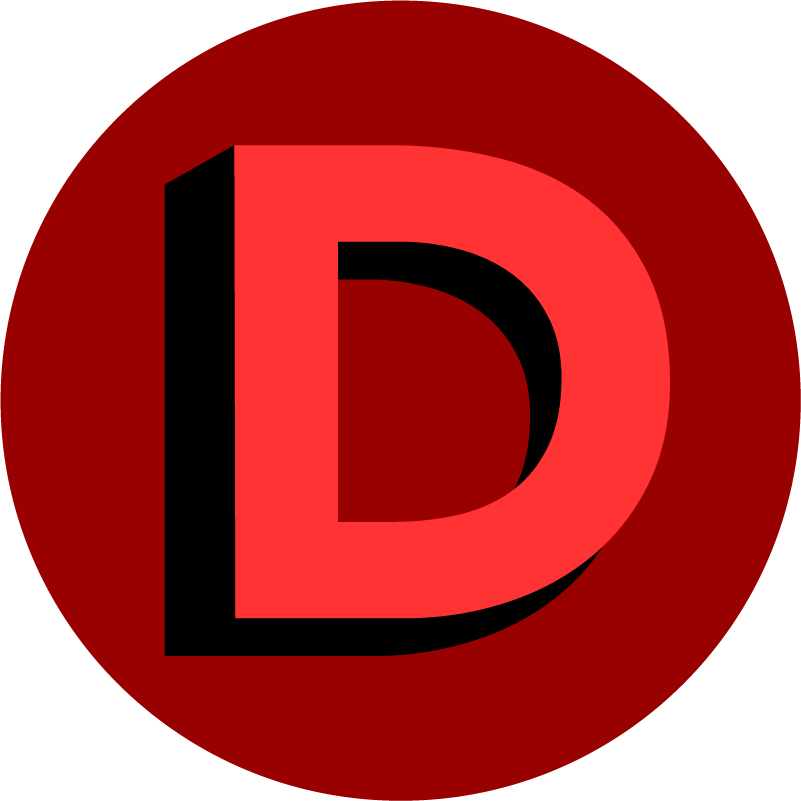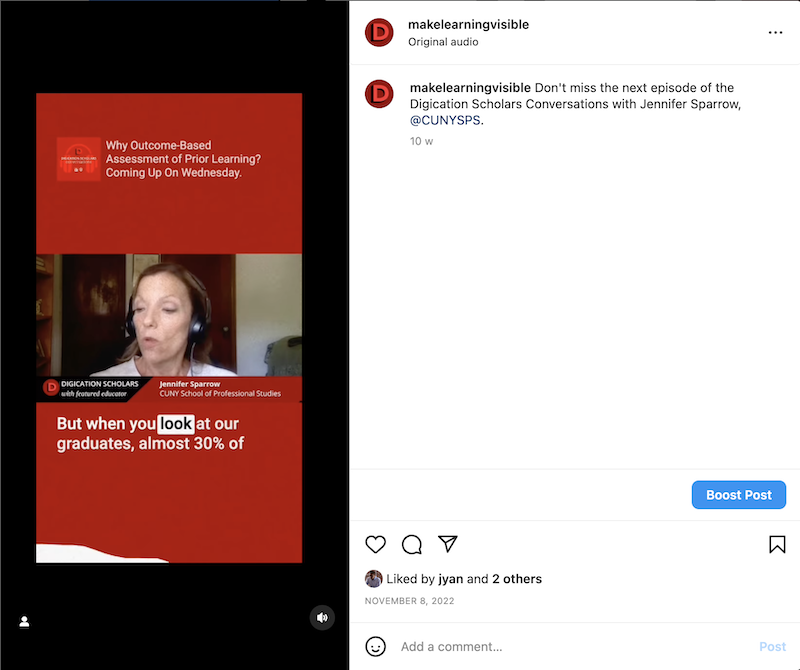Enhancing educational practices to improve students’ learning experiences in higher education is of great importance. This is clear in the widespread emphasis on the current educational system.
Currently, higher education institutions are facing several challenges, including poorly designed curriculums that inadequately prepare students for the future workplace or address the demands of the job market.
As higher education prices keep soaring, academic institutions are under tremendous societal pressure to provide students with an education that will result in employment.
The big question is, “how do you enhance student learning in the 21st century, where almost everyone owns a smartphone?
In this Digication Scholars Conversations podcast - Jennifer Sparrow, Associate Dean of Academic Affairs at City University of New York’s (CUNY) School of Professional Studies (SPS), discussed outcome-based education with teaching and learning technologies to improve the student experience.

The Need For Outcome-Based Education
Outcome-based education emphasizes predefined skills and knowledge a student should have when they complete a course or series of courses or graduate from an institution.
Purpose-driven teaching, curriculum, and teaching decisions are centered on the best ways to accomplish the desired outcome. Hence, the introduction of backward design, which is different from traditional educational planning, is important. By first identifying the desired learning outcomes students should achieve, a curriculum is created detailing methods students will use to attain the intended outcomes.
The need to shift from the significance placed on traditional gradings, such as the hours spent in class and course credits earned, has never been more clear – especially with the limitations experienced by institutions during the COVID-19 pandemic.
Consequently, educators in higher institutions and stakeholders are currently attempting to change how the effectiveness of education is measured through outcome-driven assessment. This also includes the acceptance and use of education technology to improve learning and outcomes.
Using Technology to Improve The Student Experience
Over the past decade, education technology has undergone remarkable changes. Technological advances have also enhanced the student experience in higher learning institutions and contributed to the success of outcome-driven assessments. However, the greatest recent catalyst for the critical implementation of teaching and learning technology was the COVID-19 pandemic, and its impact continues.
Many professors who believed they would never use education technology or have any use for it until they retired were forced to go online, suddenly teaching remotely during the lockdown period. The result of the horrible pandemic created a rare opportunity for everyone to have that experience at the same time. As a result, institutions are now expanding the use of education technology, including ePortfolios for learning outcome assessments.
Institutions are reshaping educational spaces and curriculums to support new and innovative ways of delivering courses and supporting pedagogical practice for teachers and students. Educators are now equipped with hardware and software that aid the teaching and learning experiences. Furthermore, instructors can personalize and tailor teaching to student needs and prepare them for real-world success.
Jennifer shared her experience with outcome-driven assessment at CUNY. True to her words, modern-day students would prefer to take online classes instead of being physically present in a class.
Students would rather choose their mode of education and how it is delivered–especially when they now consider classroom education not fun.
With both sides wanting more from education technology and for teachers and learners to collaborate effectively, Digication has helped institutions make smarter investments in online assessments and experiential learning. And many institutions like CUNY have found Digication’s eportfolio to meet their goals. They have since been using the platform to bridge educational gaps.
Using technology, students who prefer the experience of their own devices can still collaborate across platforms with teachers, other students, and prospective employers.
Outcomes Assessment and Credit for Prior Learning
This isn’t scientific yet, but try to compare the people who have credit for prior learning versus those who don’t, and the 3-year graduation rate, if I’m correct, is like 20% higher…they’re really graduating ...Jennifer Sparrow.
It’s no longer a secret that many academic institutions are challenged with the problem of grade inflation, resulting in the drop in value of the grade point average (GPA) model. Therefore, academic institutions are seeking alternatives to continue providing education to improve the student experience in a highly competitive world.
In that view, several higher education institutions are leaning towards or have adopted the outcome-based education system in addition to the GPA model.
Credit for Prior Learning (CPL), or Prior Learning Assessment, is an educational process where students have the opportunity to earn academic credit for their real-life equivalent of college-level learning experiences acquired outside the traditional classroom.
Furthermore, accreditation bodies are proposing institutions develop sustainable methods of assessing student learning outcomes, specifically to improve the experience in general education courses.
Jennifer believes strongly that when a course syllabus is built based on portfolios and learning outcomes, it should be measurable and able to be demonstrated by students. This practice will engage students in better understanding learning outcomes and providing evidence of their competencies.
Being able to recognize those who don’t speak English as their first language but are still able to learn in their native language and even get a credit if they could read and write in other major languages is a development that would also greatly improve the student learning experience and equity.
Since some accountants, engineers, programmers, and many more experts who don’t speak English but are proficient in their fields seek to further their education, some institutions are now allowing non-native English speakers to demonstrate competency and even offer exams in other languages. In addition, education technology like Digication is employed for experiential learning, outcome assessment, and credit for prior learning.
Using an outcome-based curriculum, students develop ePortfolios to showcase their work and demonstrate progress toward achieving learning outcomes. Through experiential learning and practical engagements, students will quickly gain hands-on experiences and replicate them in real-world situations.
It is anticipated that soon, institutions will rely more on portfolios for information to evaluate learning outcomes and the effectiveness of the curriculum.
Therefore, every institution should deeply think about enhancing the student’s experience in higher education because students are always looking to gain experience, knowledge, and skills to increase their employability and future success. . Want to know more? Listen to Jeff and Jennifer on Digication’s Scholar Conversations.

